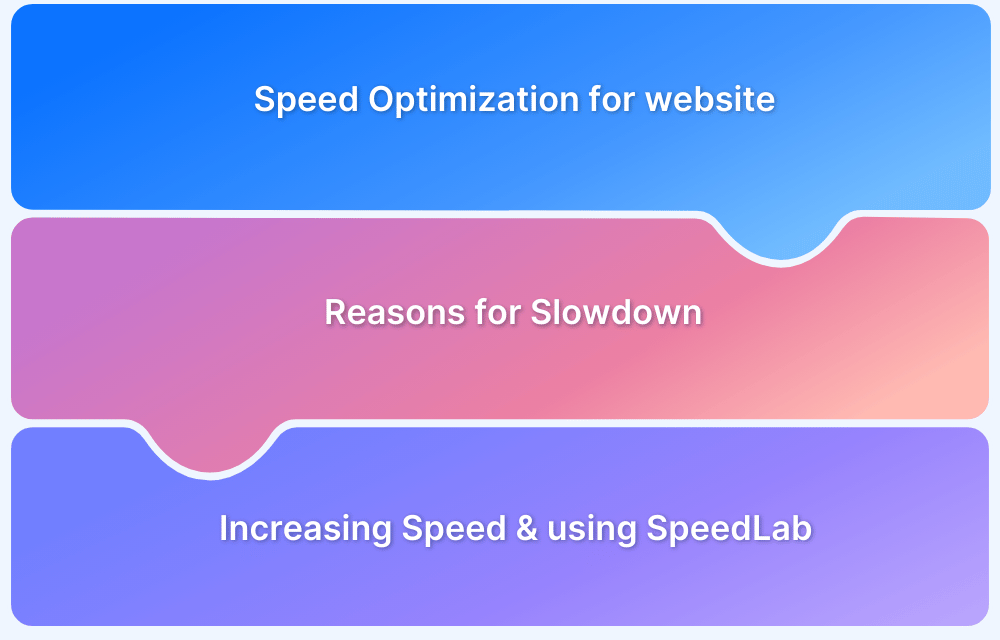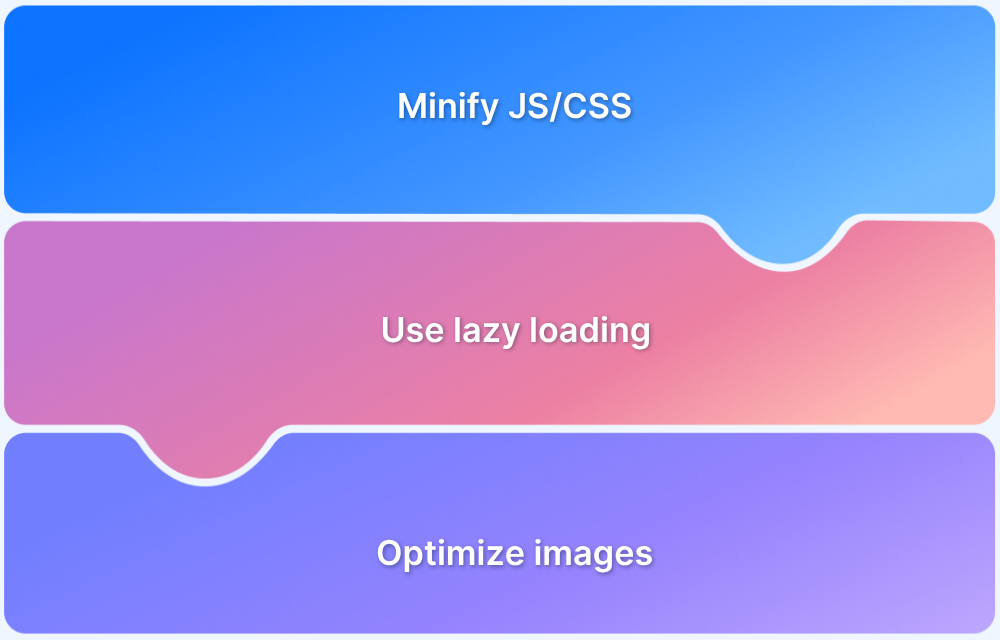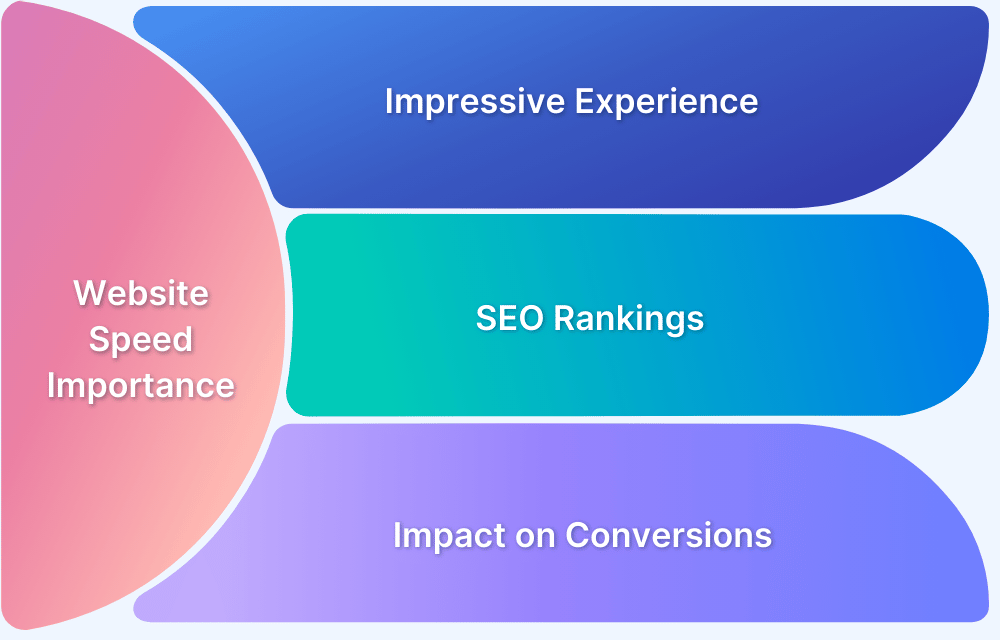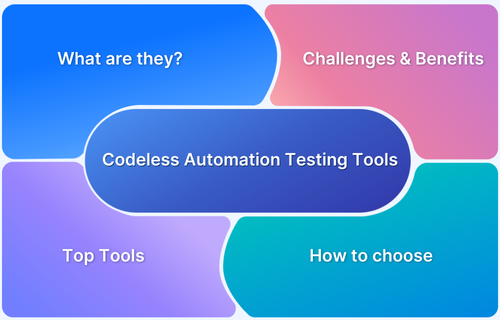Time to First Byte (TTFB) measures the time taken from a user’s browser sending a request to receiving the first byte of data from the server.
Overview
TTFB is a critical web performance metric that affects how quickly a webpage begins to load, impacting user experience and SEO rankings.
What TTFB Includes:
- DNS lookup time
- Server connection time
- Server processing time
- Response time from the server
What a Good TTFB Is:
- Ideal: ≤ 200ms
- Acceptable: ≤ 500ms
- Anything above 500ms may indicate server performance issues.
Factors affecting TTFB:
- DNS Lookup Time: The time it takes to resolve the domain name to an IP address, affecting TTFB.
- TCP Connection Time: The time spent establishing a connection between the client and server.
- SSL/TLS Handshake: The process of securing the connection, which can add to TTFB.
- Server Processing Time: The time it takes for the server to process a request and generate a response.
- Network Latency: The distance and speed at which data travels between the user and the server.
- Server Load: High traffic or resource-intensive tasks can delay response times, impacting TTFB.
- Hosting Provider: The quality and location of the hosting server play a crucial role in response times.
This article explores the key factors influencing TTFB and how they affect your website’s speed and overall performance.
What is TTFB?
Time to First Byte (TTFB) is a key web performance metric that measures the time elapsed between a user’s browser sending an HTTP request to a server and receiving the very first byte of the server’s response. Essentially, it reflects how quickly a server responds to a request.
TTFB includes several stages such as DNS lookup, establishing a TCP connection, performing TLS handshake (for secure HTTPS requests), and the server processing time to generate the response. A lower TTFB indicates a faster server response, which is crucial for improving overall page load speed and user experience.
While TTFB is not a direct Core Web Vital, it influences critical metrics like Largest Contentful Paint (LCP), making it an important factor in website speed optimization and SEO performance.
Read More: Top 15 Ways to Improve Website Performance
Factors Affecting TTFB
Time to First Byte (TTFB) is influenced by several factors spanning server performance, network conditions, and the client’s environment. Understanding these can help identify bottlenecks and improve response times:
- Server Performance: The speed at which your server processes requests significantly affects TTFB. Insufficient CPU, memory, overloaded servers (especially in shared hosting), or inefficient backend code cause delays in generating the response.
- Network Latency: The physical distance and network quality between the user and the server impact TTFB. Longer distances and network congestion lead to increased round-trip times, delaying the first byte.
- DNS Resolution Time: Translating your domain name to an IP address takes time. Slow or unreliable DNS servers can delay this lookup, increasing overall TTFB.
- Redirect Chains: Having multiple redirects before reaching the final URL causes additional HTTP requests, slowing down the time before the server starts responding.
- SSL/TLS Handshake: For HTTPS sites, the SSL/TLS handshake adds latency before data transfer begins. Using modern protocols like TLS 1.3 and optimized SSL configurations reduce this overhead.
- Resource Compression and Size: Large or uncompressed server responses take longer to process and send, causing delays in the first byte arrival.
- Server Location and Configuration: Hosting your website geographically distant from your users or on poorly configured servers impacts TTFB negatively.
Ideal TTFB Ranges
Time to First Byte (TTFB) is a critical metric for assessing server response speed, and understanding ideal ranges helps gauge website performance:
- Under 200ms: Excellent – This indicates a highly responsive server and optimal network conditions, offering the best user experience.
- 200ms to 800ms: Good – Most websites fall within this range and deliver acceptable performance with smooth loading speeds.
- 800ms to 1800ms: Average – Indicates moderate performance; there may be noticeable delays impacting user experience and should be optimized.
- Above 1800ms: Poor – Reflects significant server or network issues causing slow response times, adversely affecting user engagement and SEO.
Google recommends aiming for a TTFB of 800 milliseconds or less to ensure fast initial page loading and favorable search rankings. Values beyond 1800ms often signal urgent need for server or infrastructure improvements.
How TTFB Impacts Website Speed and SEO
Time to First Byte (TTFB) directly affects how fast a webpage begins to load, influencing both user experience and search engine optimization.
- User Experience: A higher TTFB results in longer wait times for users before any content appears, leading to a slower browsing experience. This delay can significantly affect user satisfaction, causing frustration and potentially increasing bounce rates. Users expect websites to load quickly, and any lag can lead them to abandon the page before it fully loads.
- Page Load Time: TTFB directly contributes to overall page load time. The longer the TTFB, the longer it takes to load the rest of the page. Since TTFB affects the start of the loading process, it cascades into delays for other critical metrics, such as Largest Contentful Paint (LCP) and First Contentful Paint (FCP), which impact user perception of page speed.
- SEO Rankings: While TTFB is not a direct ranking factor, it is closely linked to page load speed, which is a crucial ranking signal for search engines like Google. A slow TTFB can increase the overall load time, which may hurt your website’s SEO performance, as search engines prioritize fast-loading sites for better rankings.
- Conversion Rates: Slow TTFB can negatively affect conversion rates. Users may become impatient and abandon the site before it loads, especially on e-commerce platforms or service-oriented websites. Every millisecond counts when it comes to retaining visitors and driving conversions.
- Mobile Optimization: TTFB is particularly important for mobile users, where network conditions are often slower and more variable. A high TTFB on mobile devices can significantly amplify loading delays, leading to poor user experiences and higher bounce rates on mobile traffic.
Read More:How to Check Website Loading Time
Strategies to Improve TTFB
Here are effective strategies to reduce TTFB:
- Choose a Fast Web Host: Opt for reliable, high-performance hosting providers with servers located near your target audience to minimize network latency.
- Implement Caching: Set up caching layers such as page caching, object caching, and opcode caching to serve repeated requests faster without recomputing responses.
- Use a Content Delivery Network (CDN): Distribute your site’s static content across global servers, allowing users to fetch resources from geographically closer locations and reducing latency.
- Minify and Compress Assets: Minify HTML, CSS, and JavaScript files and enable Gzip or Brotli compression to reduce resource sizes and speed up data transfer.
- Reduce Redirects: Limit the number of redirects to avoid additional HTTP requests that increase response time.
- Optimize Backend Code and Database Queries: Improve server-side processing efficiency by optimizing application logic and database access for faster response generation.
- Keep CMS, Plugins, and Themes Updated: Regular updates often include performance enhancements and security fixes that can improve server response times.
- Monitor Server Load and Scale Resources: Prevent server overload by monitoring traffic and scaling resources appropriately. Use load balancers to distribute traffic efficiently.
Read More: Top 15 Ways to Improve Website Performance
Optimize Your TTFB with BrowserStack Website Scanner
BrowserStack Website Scanner helps you monitor and optimize TTFB by providing detailed insights into server response times across your website’s pages. The scanner offers comprehensive reports highlighting performance bottlenecks related to server delays, network latency, and resource loading inefficiencies.
With BrowserStack, you can:
- Analyze TTFB alongside other critical metrics such as FCP, LCP, and page load time, all at a granular URL and device level.
- Schedule automated scans to continuously track improvements or detect regressions in server response times.
- Identify slow-loading pages caused by backend performance issues and take corrective measures like optimizing server configurations, caching strategies, or CDN usage.
- Monitor performance across real devices and browsers to understand how TTFB varies by user environment and make targeted optimizations.
Leveraging BrowserStack Website Scanner for TTFB optimization empowers teams to reduce server response delays, enhance web performance, and deliver a faster, smoother experience to users worldwide.
Conclusion
Time to First Byte (TTFB) plays a crucial role in website performance, influencing user experience, page load times, and SEO rankings. By understanding the factors that impact TTFB and implementing strategies to reduce it, you can significantly enhance the speed and responsiveness of your website.
Tools like BrowserStack Website Scanner provide valuable insights to help identify and address performance bottlenecks, ensuring a seamless browsing experience across devices and browsers. Prioritizing TTFB optimization not only improves user satisfaction but also boosts your website’s SEO and conversion rates, contributing to long-term online success.









